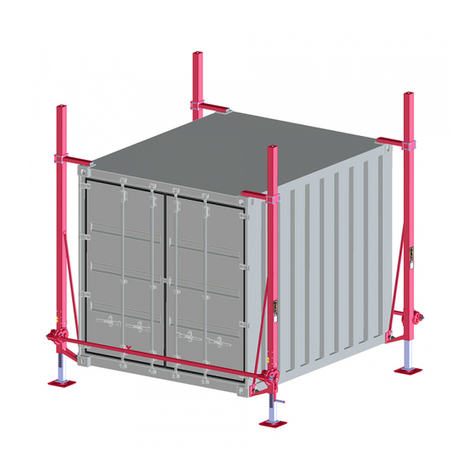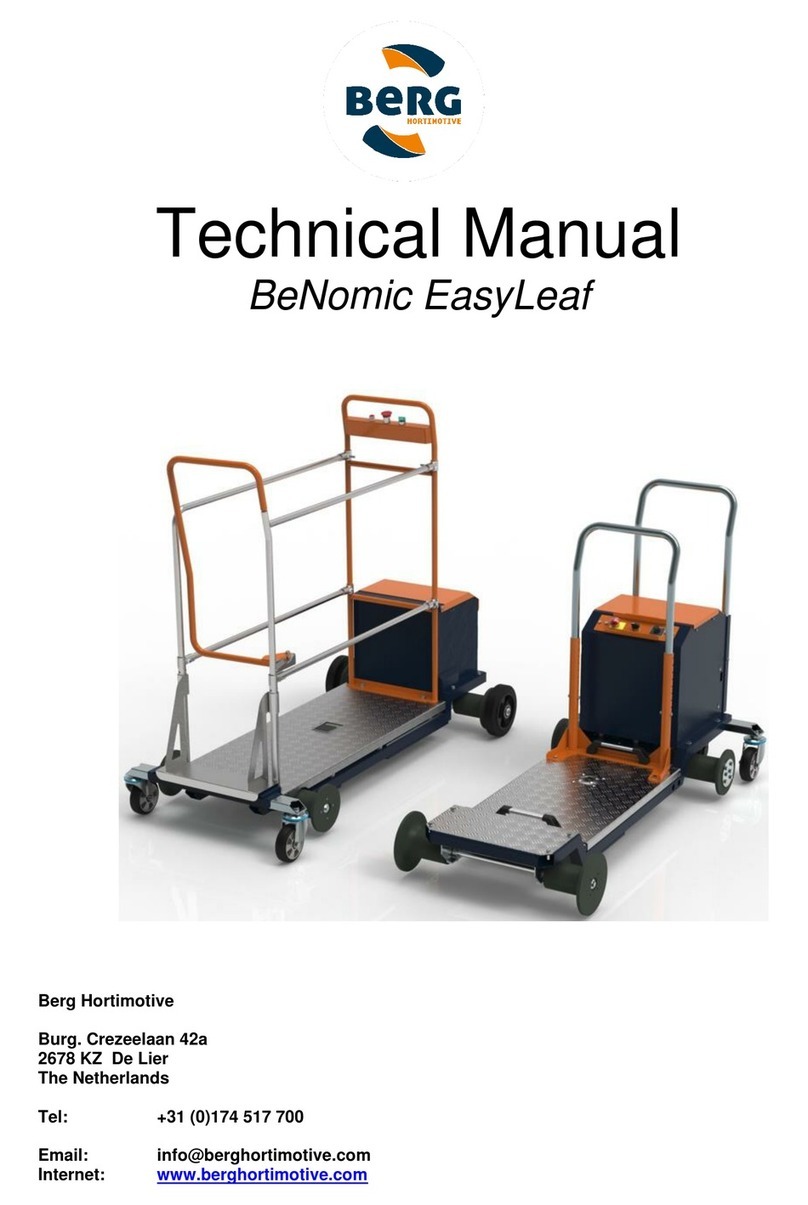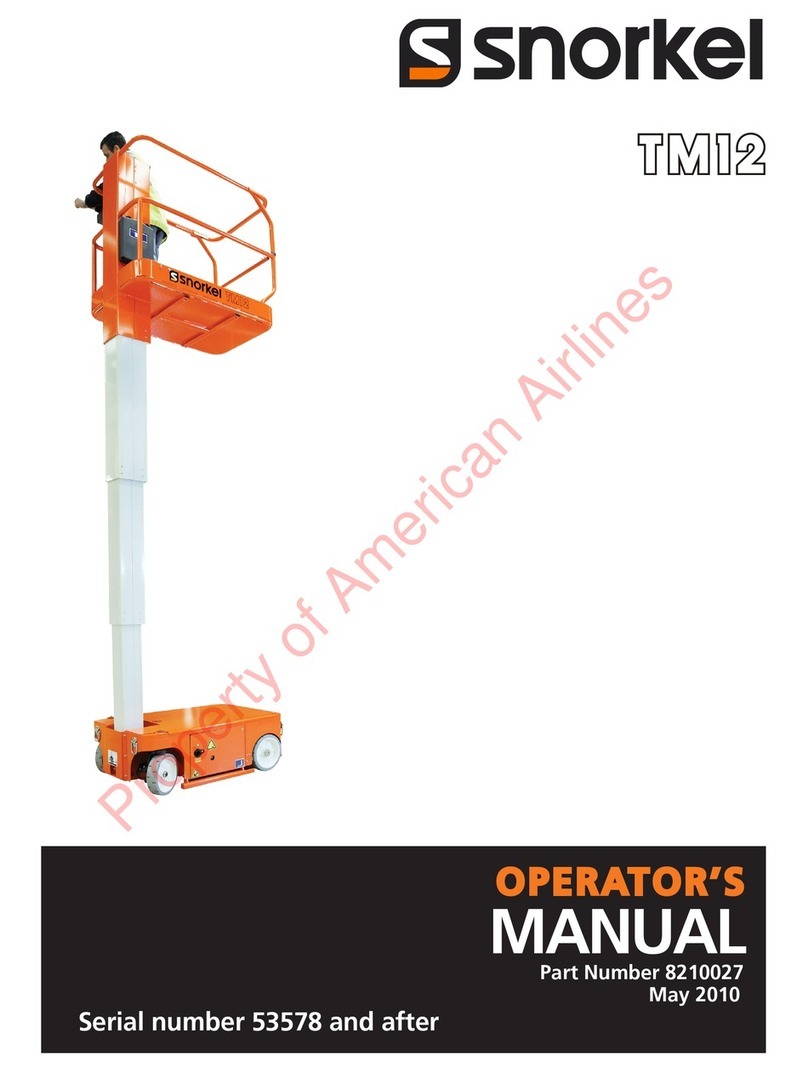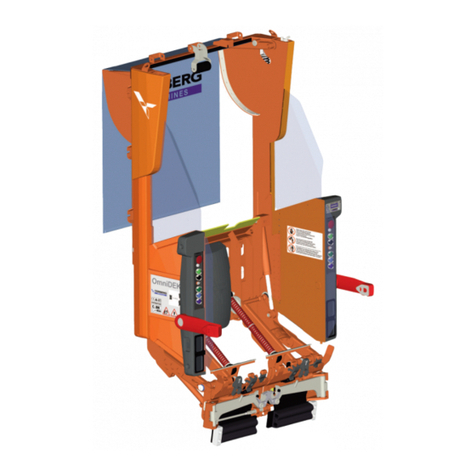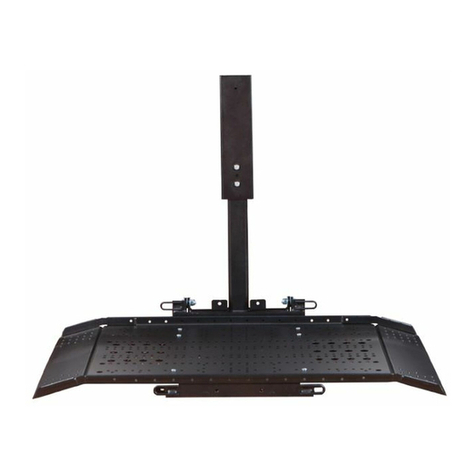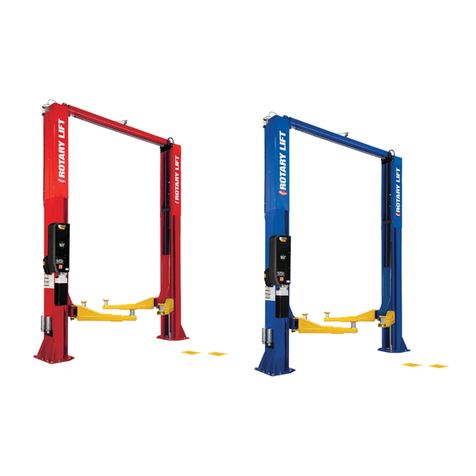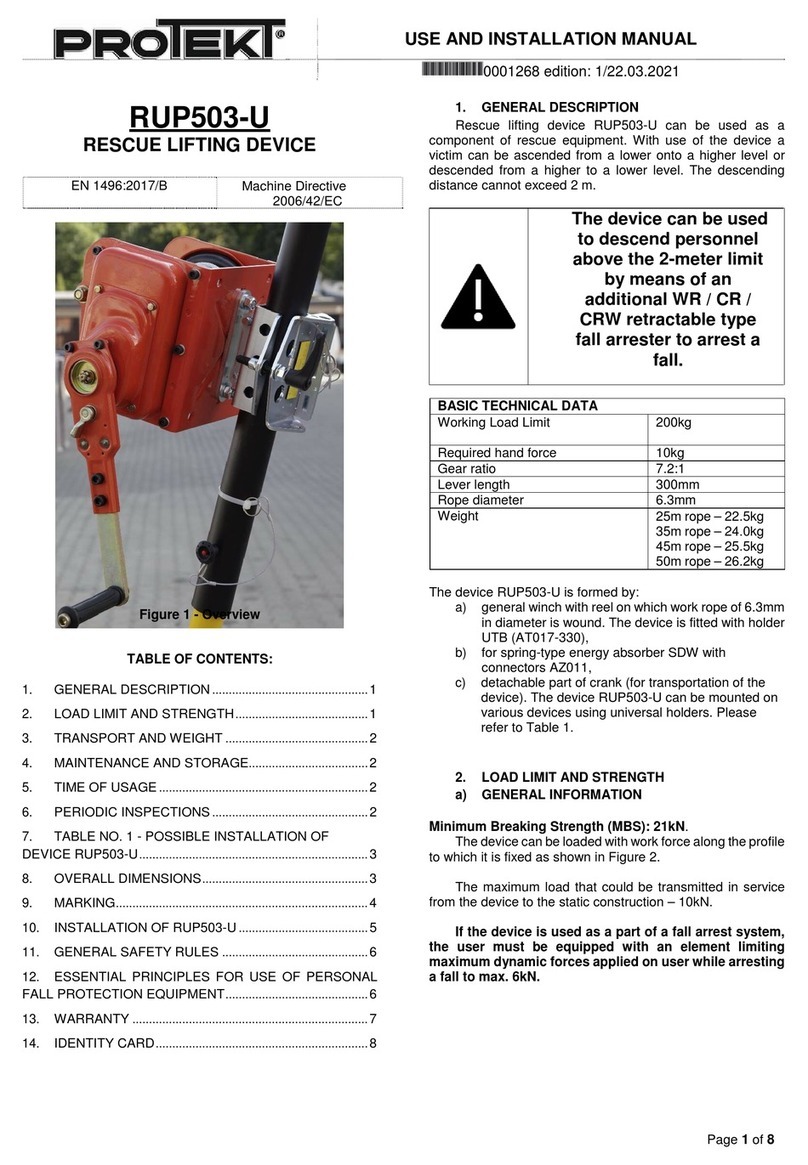
Personal protective equipment (PPE) shall only be used by a person trained and competent in its safe use.
•
PPE must not be used by a person with medical condition that could affect the safety of the equipment user in normal and
•
emergency use.
A rescue plan shall be in place to deal with any emergencies tha could arise during the work.
•
It is forbidden to make any alterations and additions to the equipment without manufacturer's prior written consent.
•
Any repairs shall only be carried out by equipment manufacturer or his certified representative.
•
PPE shall not be used outside its limitations, or of any purpose other than that for which it is intended.
•
PPE should be a personal issue item.
•
Before use ensure about the campatibility of items of equipment assembled into a fall arrest system. Periodically check
•
connecting and adjusting of the equipment components to avoid accidental loosening or disconnecting of the components.
It is forbidden to use combinations of items of equipment in which the safe function of any one item is affected by or
•
interferes with the safe function of another.
There are many hazards that may affect the performance of the equipment and corresponding safety precautions that have
•
to be observed during equipment utilization, especially: (trailing or looping of lanyards or lifelines over sharp edges; any
defects like cutting, abrasion, corrosion; climatic exposure; pendulum falls; extremes of temperature; chemical reagents;
electrical conductivity.
A full body harness conformed to EN 361 is the only acceptable body holding device that can be used in a fall arrest system.
•
The anchor device or anchor point for the fall arrest system should always be positioned, and the work carried out in such a
•
way, as to minimise both the potential for falls and potential fall distance. The anchor device/point should be placed above
the user. The shape and construction of the anchor device/point shall not allowed to self-acting disconnection of the
equipment. It is recommended to use certified and marked structural anchor point complied with EN 795.
It is obligatory to verify the free space required beneath the user at the workplace before each occassion of use the fall
•
arrest system, so that, in the case of a fall, there will be on collision with the ground or other obstacle in the fall path. The
required value of the free space should be taken from instruction manual of used equipment.
Using the energy absorber in conjuction with other elements of PPE must conform re the appropriate regulations and
•
instruction manuals and current standards: EN 361 - for harnesses; EN 353-1, EN 353-2, EN354, EN 360, EN 362 - for fall
arrest systems; EN 795 - for structural anchor points/devices.
In full body harnesses use only attaching points marked with big letter "A" to attach a fall arrest system. See the figures
•
below:
THE ESSENTIAL PRINCIPLES OF USE PERSONAL PROTECTIVE EQUIPMENT
fall arrest
system
full body
harness
attachment
point
fall arrest system
full body
harness
double-attachment
point
FORBIDDEN!
CAUTION!
It is forbidden to use the rescue lifting device as the protection against falls from height. When there is a danger of falling
•
from a height additional secondary fall arrest system conforming EN 363 must be used.
The lifting / lowering function is for rescue purposes only and not for lifting / lowering loads.
•
Always operate the device with hand power and with crank included in the equipment only.
•
Before each use of rescue device a thorough inspection must be carried out. Inspection must be carried out by a person
•
using the device. In the case of damages and malfunctions, the device should be withdrawn from use.
Never allow to full extension of the working rope from the reel. Keep at least three rope coils on the reel - it is marked by a
•
special safety sign which is situated on the rope. Stop extend the rope from the reel when the red safety sign appears!
Obligatory check a condition of the safety sign.
There should be direct or indirect visual contact or some other means of communication with the rescuer at all times
•
during the rescue process.
Using the device, in connection with fall arrest system, must be compatible with manual instructions of the fall arrest
•
systems and obligatory standards: EN 361, EN 1497, EN 1498, EN 341 - for body holding devices; EN 795 - for anchor
devices; EN 353-1, EN 353-2, EN 354, EN 355, EN 360 - for fall arrest systems, EN 362 - for the connectors.
STOP EXTEND
THE ROPE FROM
REEL WHEN THE
RED SAFETY
SIGN APPEARS
5/8










